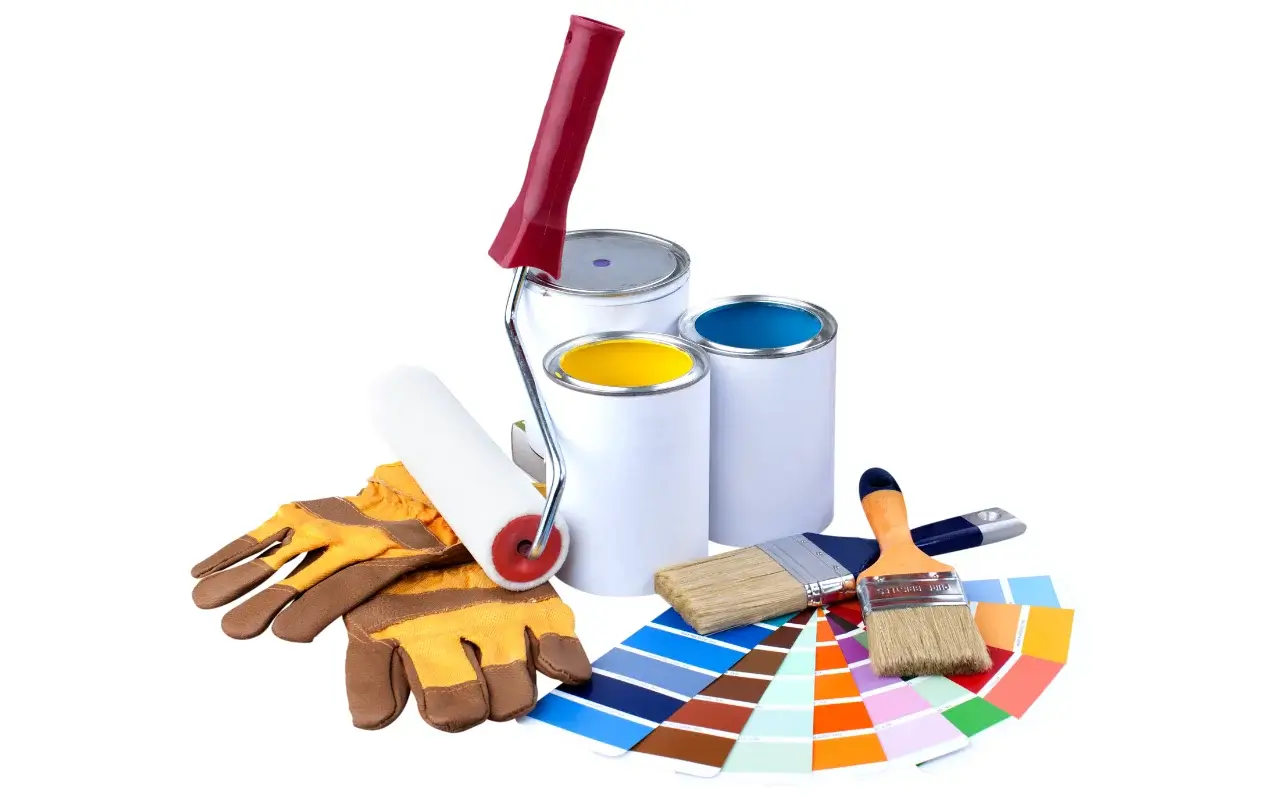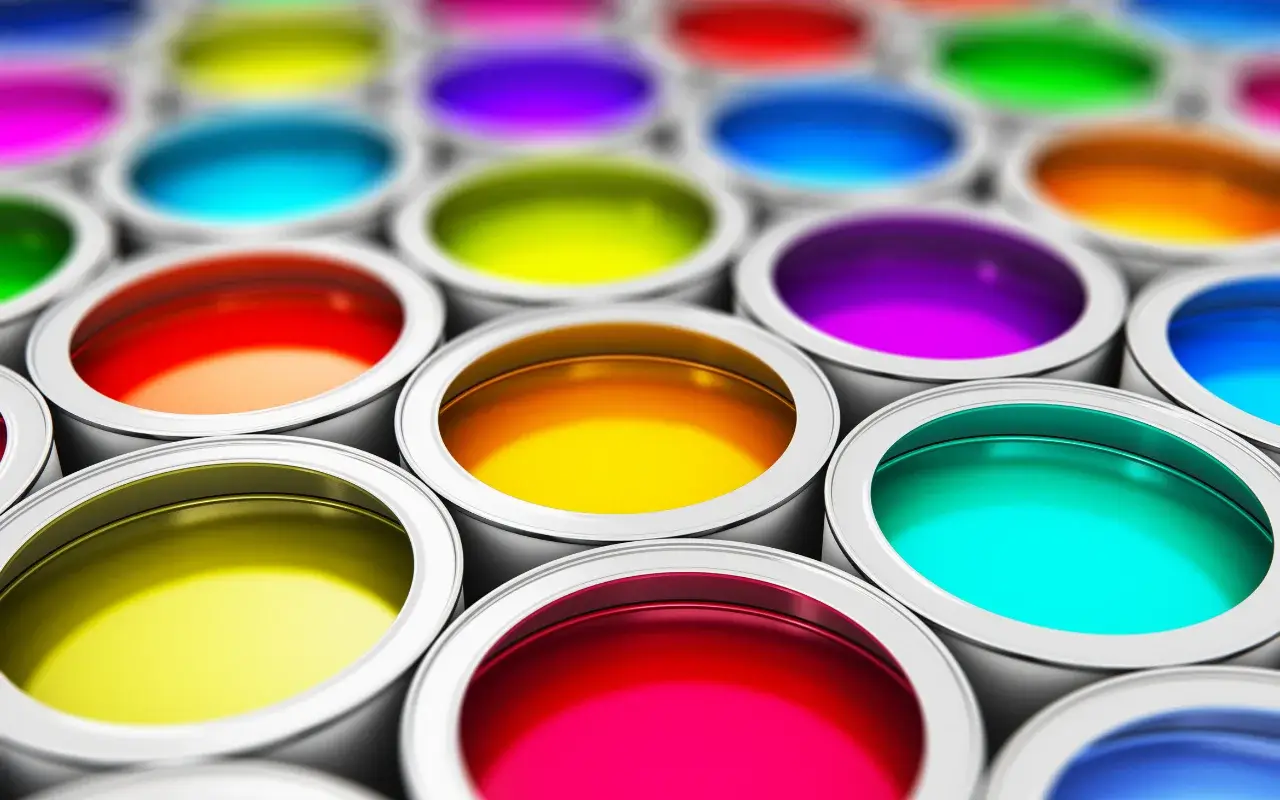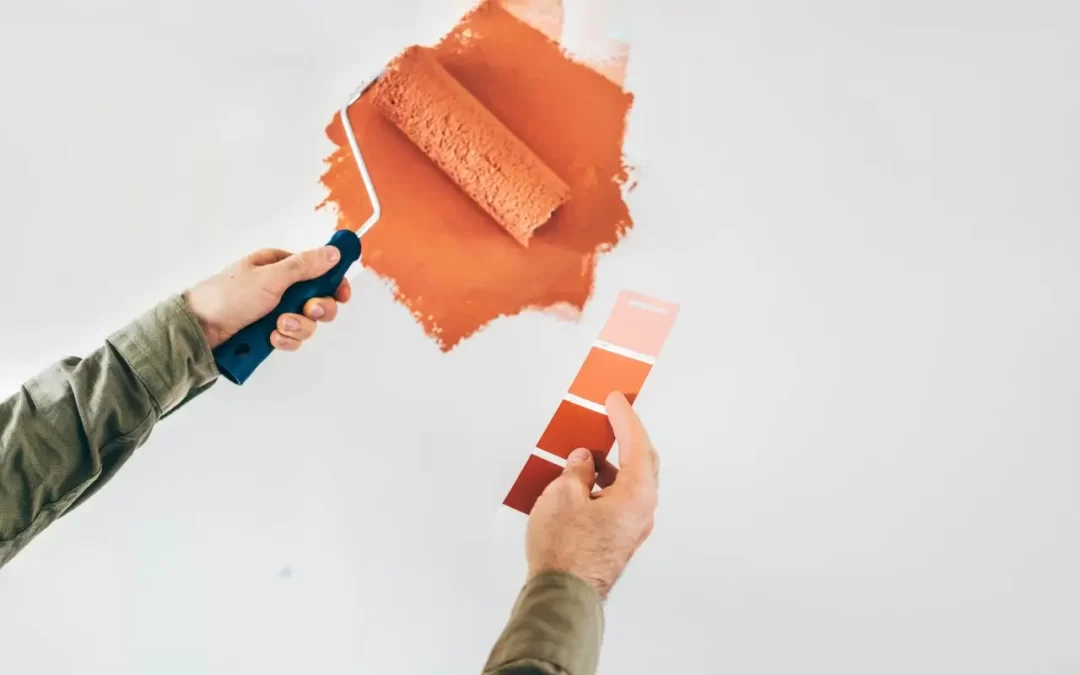When you are thinking of putting a new coat of paint on your house or business, you can wonder if exterior paint can be used inside. It makes sense on the surface—exteriors are made to withstand the elements, so they seem to last longer. There are some fairly substantial differences, however, between interior and exterior paint, and getting them mixed up can mean less-than-stellar results.
In this article, we’ll be looking at whether you can use exterior paint inside, weighing the advantages and disadvantages, and bringing professional advice to help you get the optimal result for your painting task.
Understanding the Differences Between Interior and Exterior Paint
The paint composition is tuned to its respective environment. Interior and exterior paint have different compositions, longevity, and safety aspects. One ought to be cognisant of them before one wants to use exterior paint inside.
Chemical makeup and VOC concentrations
Outside paints have additional resins, additives, and pigments to counteract heat, UV, and moisture. Additives typically consist of fungicides and mildewcides that prevent external mould and mildew. They release toxic volatile organic compounds (VOCs) when evaporated and therefore should not be used indoors, especially in poorly ventilated regions.
Flexibility and Durability
Outdoor paint is also made to expand and contract with temperature fluctuation, minimizing cracking and peeling in extreme outdoor conditions. That stretch is unnecessary indoors, though, where temperature fluctuation is minimal. Applying exterior paint inside can lead to extended drying time and sticky surfaces.
Odor and Air Quality
One of the biggest concerns with using exterior paint indoors is its strong odour. Exterior paints release higher levels of VOCs, which can cause headaches, dizziness, and respiratory irritation. Prolonged exposure can be especially dangerous to children, pets, and those with respiratory illnesses. This is why professional Commercial Painting and Residential Painting services prioritise the use of safe, low-VOC interior paints.

Can Exterior Paint Be Used Indoors?
While exterior paint is technically acceptable for interior use, it should not be done. While it will survive, the potential health risks and inferior finish are not worth any supposed benefits. If you’re thinking about utilising outside paint indoors, consider the following:
- Safety Issues.
Due to the mixture of toxic substances and high VOC levels, the use of exterior paint in an indoor setting can undermine indoor air quality. The strong odours linger for days or weeks, and it is very hard to reside or work near the painted room.
- Appearance and finish problems.
Outside paint is not formulated to be used on indoor surfaces and will potentially leave an uneven, shiny finish. It might take longer to dry, cure and put down a surface that is sticky and attracts dust and dirt easily.
- Compliance with Regulations
Regulatory statutes are strict in a majority of parts of the nation with respect to indoor air quality and VOC emissions. To use outside paint indoors might be illegal, particularly in commercial or multi-family buildings where adherence is required.
What to Do Instead?
If you want the durability of exterior paint but need a protective and effective one for indoor use, there are superior options:
Choose high-quality interior paint.
Interior paints are designed to be long-lasting, easy to maintain, and smooth in appearance. We suggest that you use a better quality interior paint that will meet your design needs and your performance needs. Interior paints are available with a range of sheens from matte to high-gloss and offer good coverage without the hazards inherent in the use of exterior products.
Apply special paint in heavy-traffic areas.
For areas in need of additional hardness, e.g., bathrooms, kitchens, and corridors, use specialty interior paint for heavy use. Finishes are tougher to moisture, stains, and scrubbing but with no associated health risks compared to exterior paint.
Work with Professional Painters
Hiring professional painters ensures that you receive expert assistance in selecting the best paint for your needs. Whether you need Body Corporate Painting for an apartment complex or a fresh coat for your home, professionals can help you achieve a flawless finish with safe and appropriate materials.

What Happens If You Already Used Exterior Paint Indoors?
If you have painted outdoors other than doors before, there are some means to minimise possible issues:
- Improve ventilation: Vent with open windows and utilise fans to assist in the dispersal of fumes.
- Seal the Paint: Seal the outside paint with a low-VOC clear sealer to stop off-gassing and odor.
- Check for tackiness, bubbling, or paint failure after the long term. Repaint if it occurs, using the proper inside paint.
Paint Bubbling on Walls is a typical problem that can occur when using the incorrect type of paint or applying paint to a poorly prepared surface. If you see bubbling or peeling, you may need to sand the surface and repaint with a suitable interior formulation.
Is Exterior Paint Safe for Indoor Use?
While outside paint will weather, it’s not ideal to use indoors owing to safety issues, smell, and the inconsistency of quality. However, high-quality materials provide a safe, durable, and lovely look.
Feel free to seek our advice to obtain professional guidance on choosing the best paint for your work. Our experienced team specialises in commercial painting, house painting, and body corporate painting, with maximum care for each task of the highest quality and safety standards. We can help diagnose and rectify paint bubbling on walls when you face such problems.
When painting, the right product in the right location is crucial. Make the intelligent decision and achieve a stunning, long-lasting finish by selecting the proper paint for your space.


Recent Comments